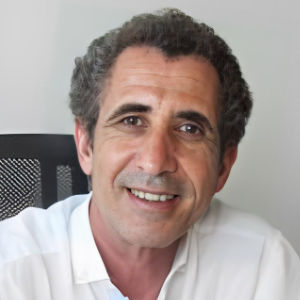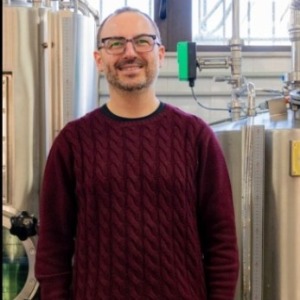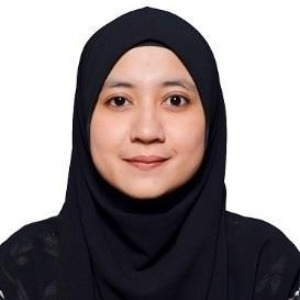8th Edition of Euro Global Conference on
Mass Spectrometry in Food Quality
Mass spectrometry (MS) is a powerful analytical technique widely used in the food industry for assessing the quality, safety, and authenticity of food products. In mass spectrometry, samples are ionized to generate charged molecules, which are then separated based on their mass-to-charge ratio (m/z) and detected by a mass analyzer. MS can identify and quantify a wide range of compounds, including volatile and non-volatile organic compounds, proteins, peptides, lipids, carbohydrates, vitamins, and contaminants. MS is commonly coupled with chromatographic techniques, such as gas chromatography (GC-MS) or liquid chromatography (LC-MS), to enhance separation and detection capabilities. MS allows for the identification and quantification of specific compounds in complex food matrices, such as flavor compounds, aroma volatiles, pesticides, mycotoxins, antibiotics, food additives, allergens, and adulterants. MS-based methods are used in food quality control to monitor changes in composition during processing, storage, and distribution, ensuring compliance with regulatory standards and product specifications. MS can also provide insights into the geographical origin, authenticity, and traceability of food products by analyzing stable isotopes, elemental compositions, and biomarkers. Advanced MS techniques, such as tandem mass spectrometry (MS/MS) and high-resolution mass spectrometry (HRMS), offer improved sensitivity, selectivity, and accuracy, allowing for the detection of trace contaminants and the identification of unknown compounds. MS-based proteomics and metabolomics approaches enable comprehensive profiling of proteins and metabolites in foods, facilitating the characterization of flavor profiles, nutritional content, and bioactive compounds. Despite its many advantages, mass spectrometry requires specialized equipment, expertise, and data analysis tools. Sample preparation, including extraction, purification, and derivatization, may be necessary to improve sensitivity and selectivity.

Said Bouhallab
INRAE, France
Giovanni De Francesco
University of Perugia, Italy
Ombretta Marconi
University of Perugia, Italy
Alex Martynenko
Dalhousie University, Canada
Ana Isabel Najera
University of the Basque Country EHU, Spain
Marcin A Kurek
Warsaw University of Life Sciences, Poland


